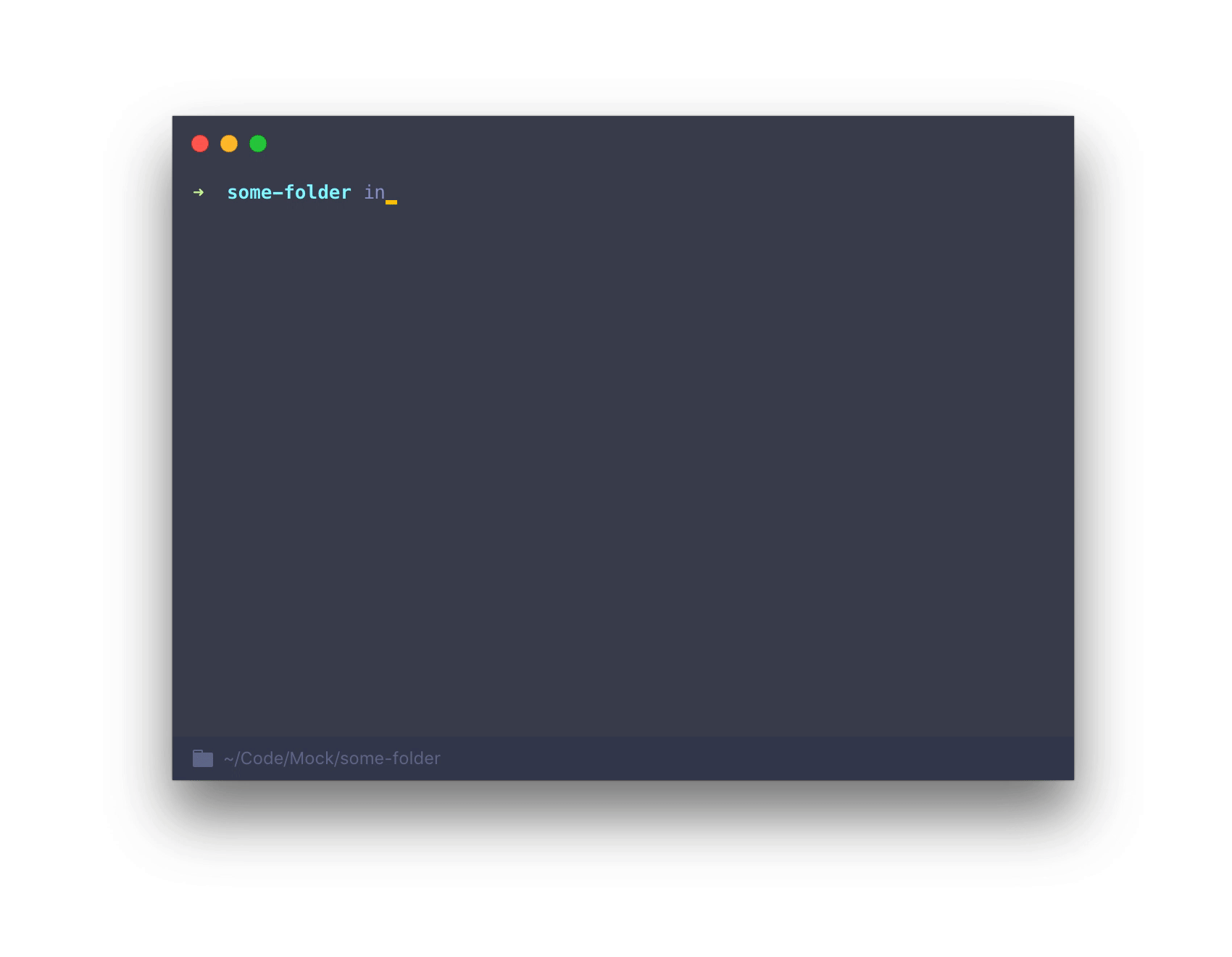
Security News
The Risks of Misguided Research in Supply Chain Security
Snyk's use of malicious npm packages for research raises ethical concerns, highlighting risks in public deployment, data exfiltration, and unauthorized testing.

A no excuses project scaffolding tool.
Apparently writing modern Javascript means writing config as much as actual code.
I want to be able to spin up a new project fast. Either from my own templates that should be easy to create, or from any git repository.
I want to be able to save my previously used templates so that I don't have to remember them myself.
I want to always get the latest version of a template straight from git, but I also want a cached fallback if I am offline.
Why not existing scaffolding tools? None of the existing scaffolding tools are as simple and straight forwards as I think they should be. Especially if you want to create your own templates, and store templates for later use.
Simply install insj globally from npm:
npm install insj --global
# or
npx insj <options>
and then simply run insj like so:

If the repository you choose isn't a valid insj-template it will simply be cloned into your chosen folder.
const insj = require('insj')
const path = require('path')
insj({
pathToDestination: path.resolve(__dirname, 'example'),
pathToRepo: 'rognstadragnar/module-starter'
})
A template is a git repository that contains a config.js file and a src folder.
Template file structure looks like this:
+-- config.js
+-- src
+ -- # code goes here
The config file can contain an array of properties and an array of postInstall-commands (aka terminal commands).
// Example config
module.exports = {
properties: ['name', 'description'],
postInstall: ['git init', 'npm install']
}
The user user will be asked for the 'properties' at project initiation, so insj can replace these values in the template with the user supplied values.
insj uses the handlebarjs template syntax. This means that every instance of {{ name }} will be replaced with the user entered name value.
The postInstall-commands will be ran after the project has been initiated. In the example config git init and npm install will be ran after insj has completed the setup.
Example template: module-starter
insj enables you to store templates for later use.
By running insj -a or injs -a <name> you will be asked for a name, path and whether the template should be the default template or not.
Note: insj only stores the path to the repository, not the actual files – ensuring that you always get the latest template
FAQs
A no excuses project scaffolding tool
The npm package insj receives a total of 0 weekly downloads. As such, insj popularity was classified as not popular.
We found that insj demonstrated a not healthy version release cadence and project activity because the last version was released a year ago. It has 1 open source maintainer collaborating on the project.
Did you know?

Socket for GitHub automatically highlights issues in each pull request and monitors the health of all your open source dependencies. Discover the contents of your packages and block harmful activity before you install or update your dependencies.

Security News
Snyk's use of malicious npm packages for research raises ethical concerns, highlighting risks in public deployment, data exfiltration, and unauthorized testing.

Research
Security News
Socket researchers found several malicious npm packages typosquatting Chalk and Chokidar, targeting Node.js developers with kill switches and data theft.

Security News
pnpm 10 blocks lifecycle scripts by default to improve security, addressing supply chain attack risks but sparking debate over compatibility and workflow changes.